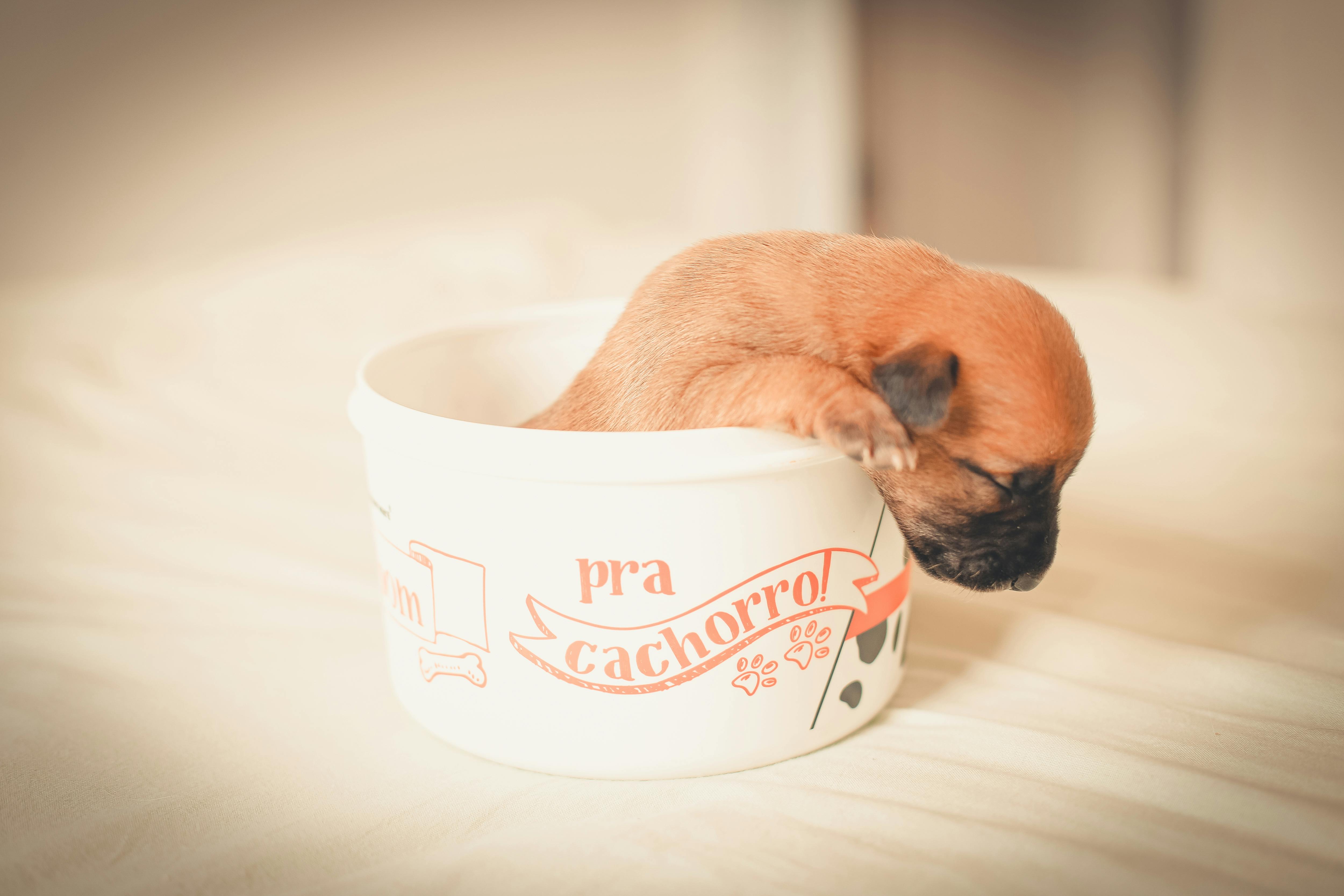
The Many Colors of the Cocker Spaniel Rainbow
Website design By BotEap.comCocker Spaniels are known for having many different colors. From reds to golds to blacks, often with white or tan accents, each Cocker Spaniel looks a little different. This adds to the interesting and glamorous look of this particular breed. Unfortunately, only a few of these colors are accepted in show dogs. If you’re interested in showing off your new Cocker Spaniel, you’ll need to be careful about what color or color combination you choose on your new puppy!
Website design By BotEap.comCocker Spaniel coat coloration falls into three categories. Black, the first category, implies that the dog’s coat is completely black. Dogs with brown shading to any part of the coat would be disqualified from this category, however some variations are allowed. A white patch on the chest is considered acceptable, but nowhere else on the coat, including the legs, which are common for discoloration. “Tan spots” are also considered acceptable. The tan points are similar to the coloration of a Rottweiler or Doberman. If they are present, they will be on each “eyebrow”, along the jaw line, under the ears, under the tail, and on the feet. Tan spots can also appear on the chest or throat, but are not necessary for a dog to be considered as having tan spots.
Website design By BotEap.comThe second category of colors is “any solid color other than black”, often abbreviated as ASCOB. This is where the true rainbow of Cocker Spaniels comes into play. ASCOB Cockers can range from cream to gold, to auburn, to dark red and brown, with brown being the only variation where the aforementioned tan points are acceptable. As with the black Cocker Spaniel category, a small white spot on the front of the dog is permitted, but would result in disqualification if found on any other part of the coat.
Website design By BotEap.comThe final category, parti-color, has some of the most beautiful versions of this breed. Parti-color implied that the spaniel in question has a coat made up of two different colors, one of which must always be white. The secondary or accent color must make up at least ten percent of the coat coloration to be considered a partial color. Acceptable accent colors up to white are all included in the ASCOB category. Within the partial color category, tan points are acceptable on any variety of coat colors.
Website design By BotEap.comWhile they are still beautiful dogs, the American Kennel Club does not recognize Cocker Spaniels with sable or merle coloring. Sable Cocker Spaniels can still be shown in Canada, but it is widely assumed that blackbird-coated Cocker Spaniels were bred with other dogs to achieve their rare coat color, disqualifying them from purebred competition. If you plan to show your Cocker Spaniel, it’s best to stay away from saber-coated or blackbird-coated dogs. However, if you’re just looking for a pet, both are beautiful options that can be less expensive than a show-quality Cocker puppy.
Website design By BotEap.comIf you’re looking to show off your new puppy, you need to be very thorough when looking for a breeder. Never buy your pet from a pet store, even with the proper paperwork. Pet stores are notorious for using puppy mills, and the popularity of the Cocker Spaniel in the United States means that they fall victim to this despicable practice quite often. Always thoroughly examine your potential new puppy’s coat; even small signs of discoloration can turn into larger patches that will disqualify your dog from competition.